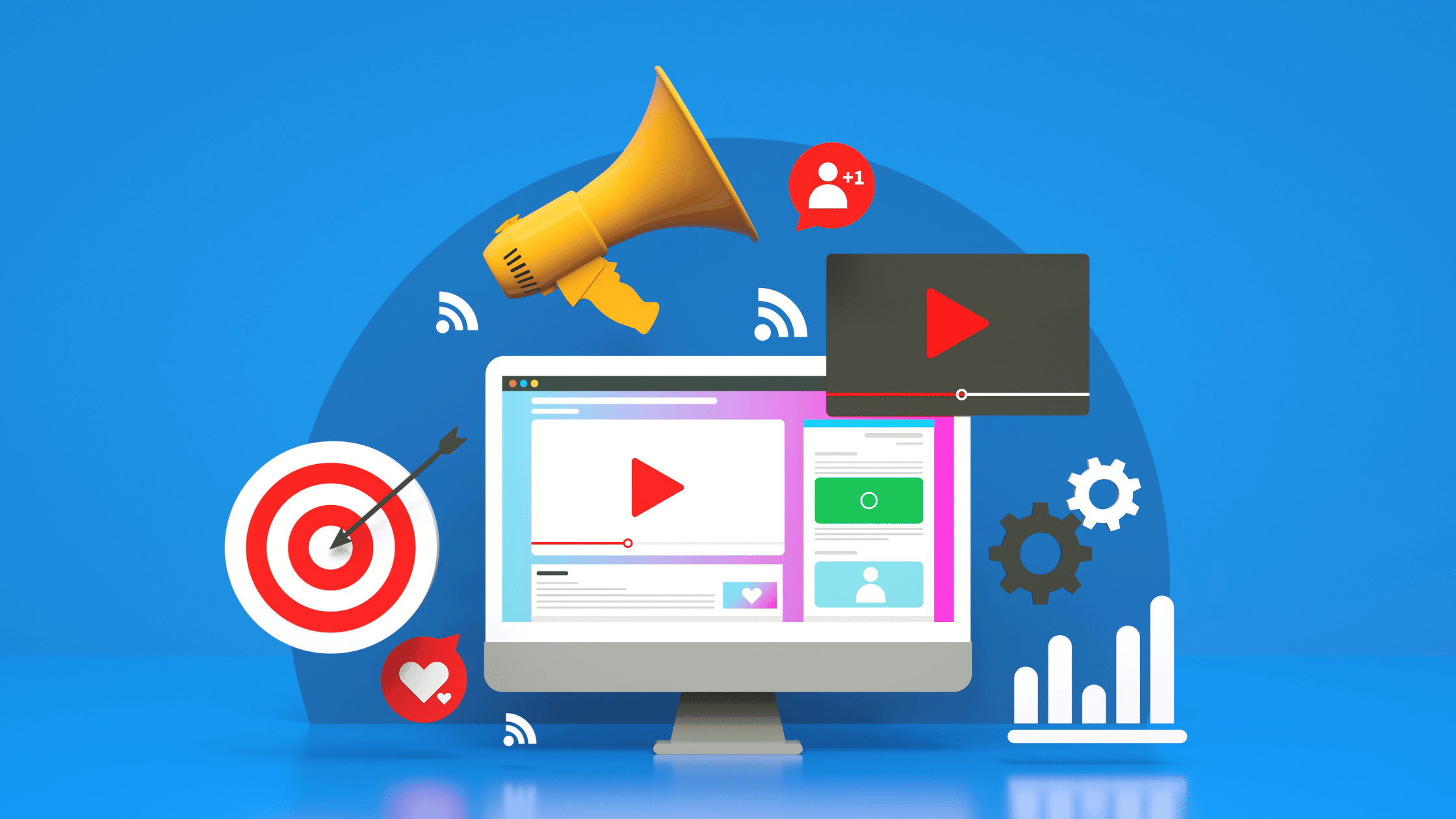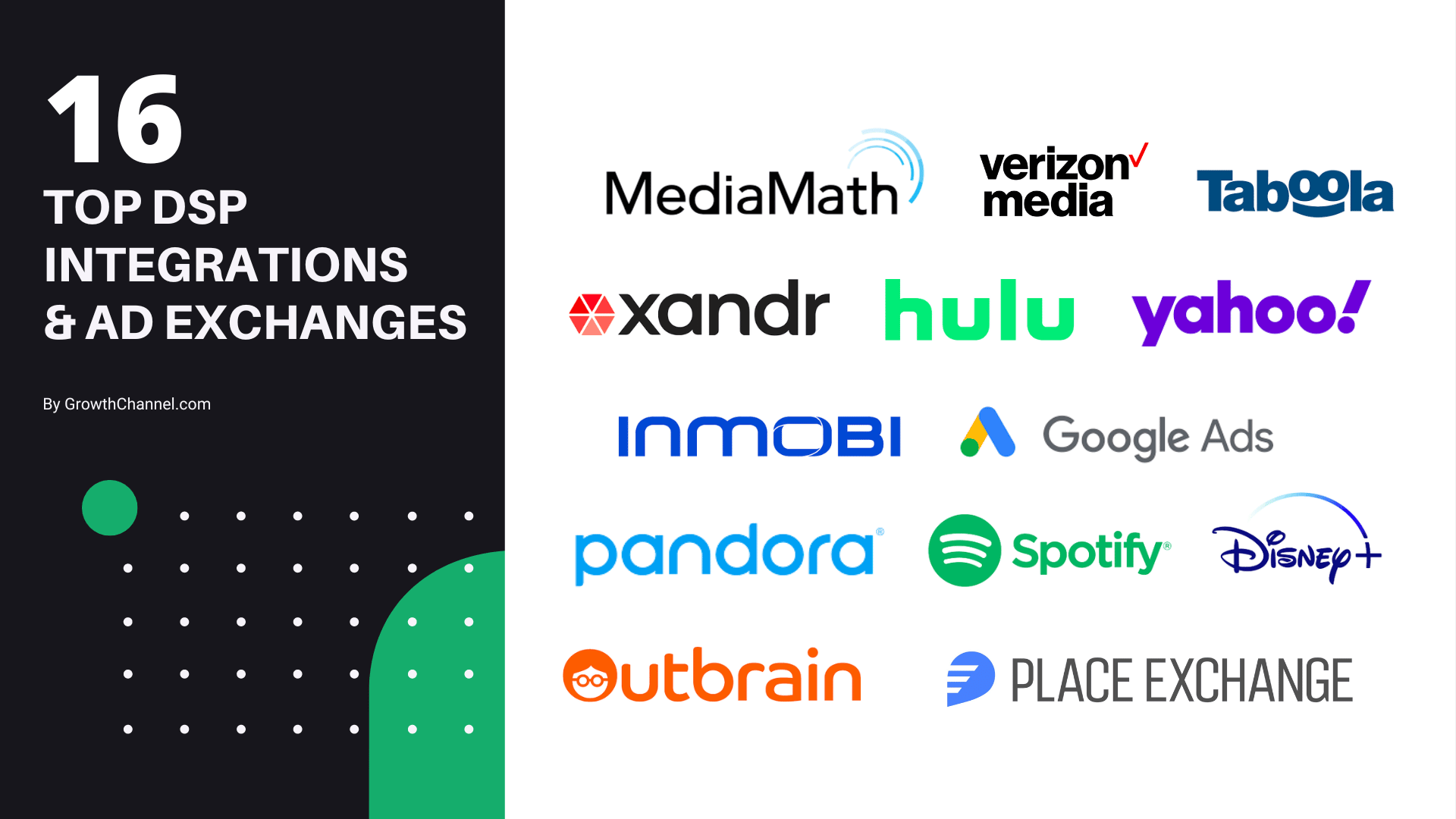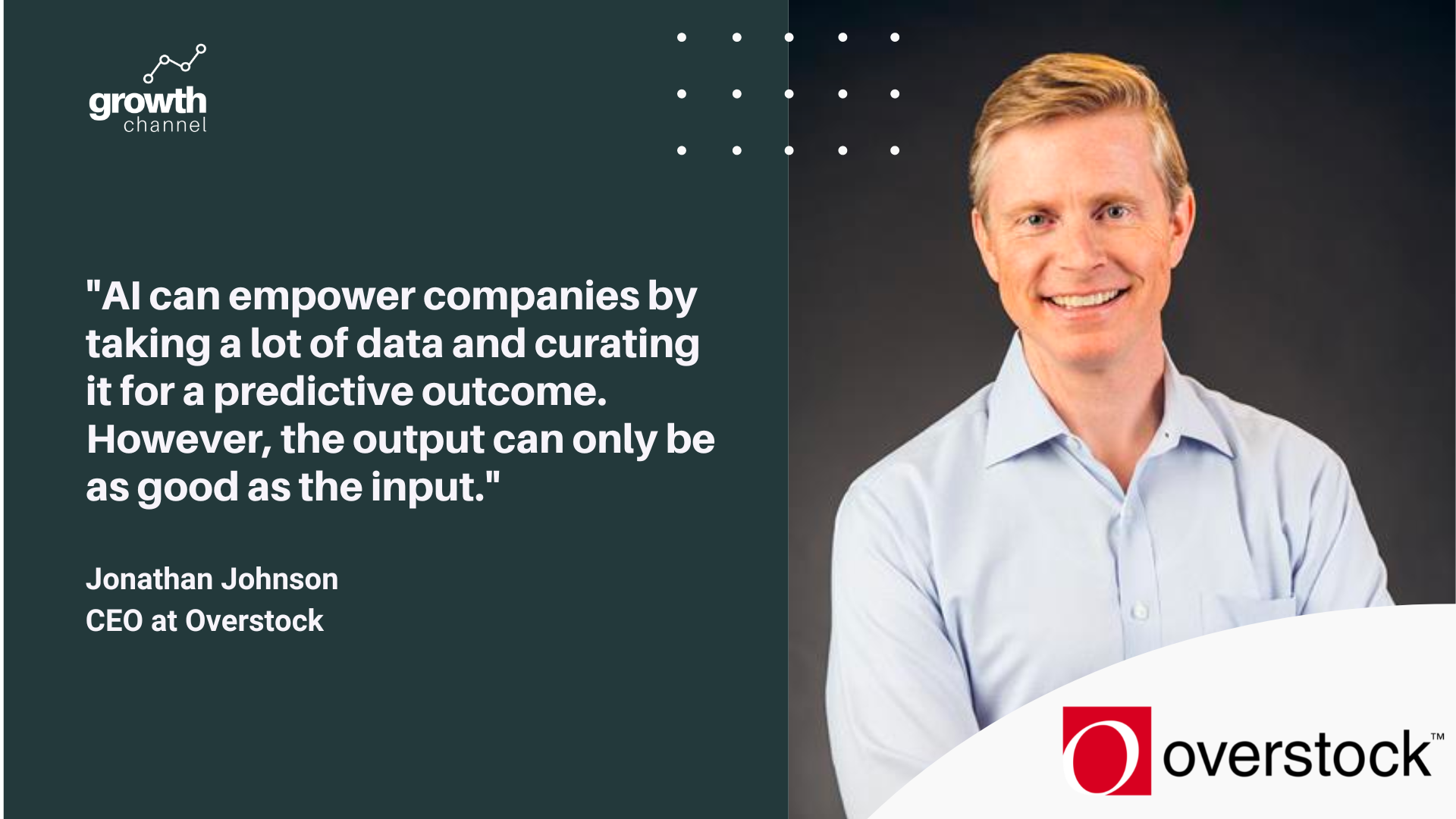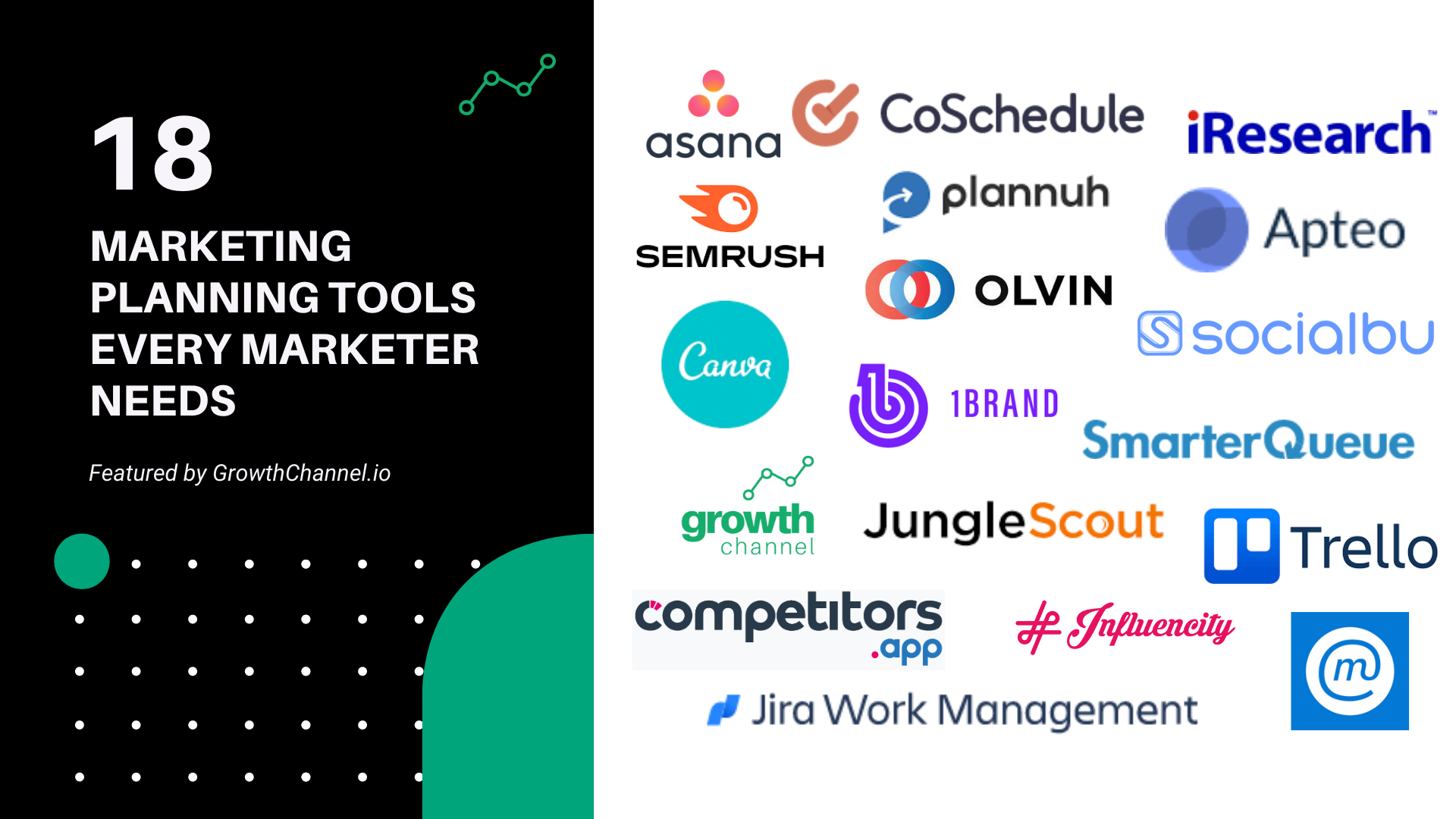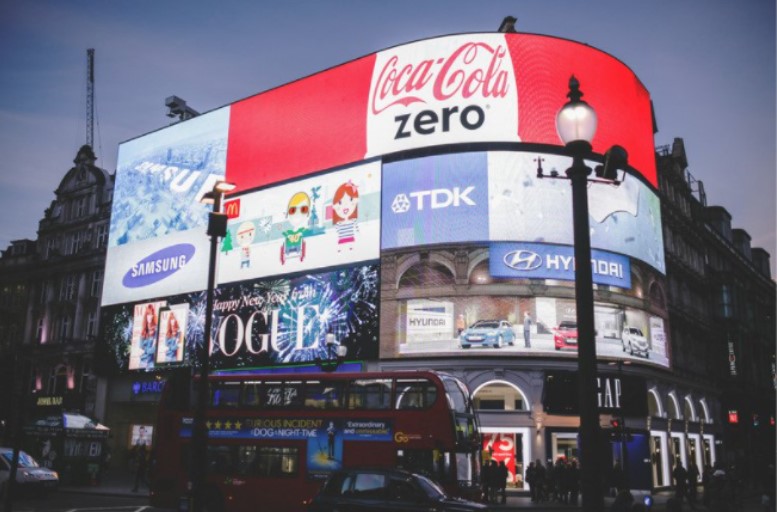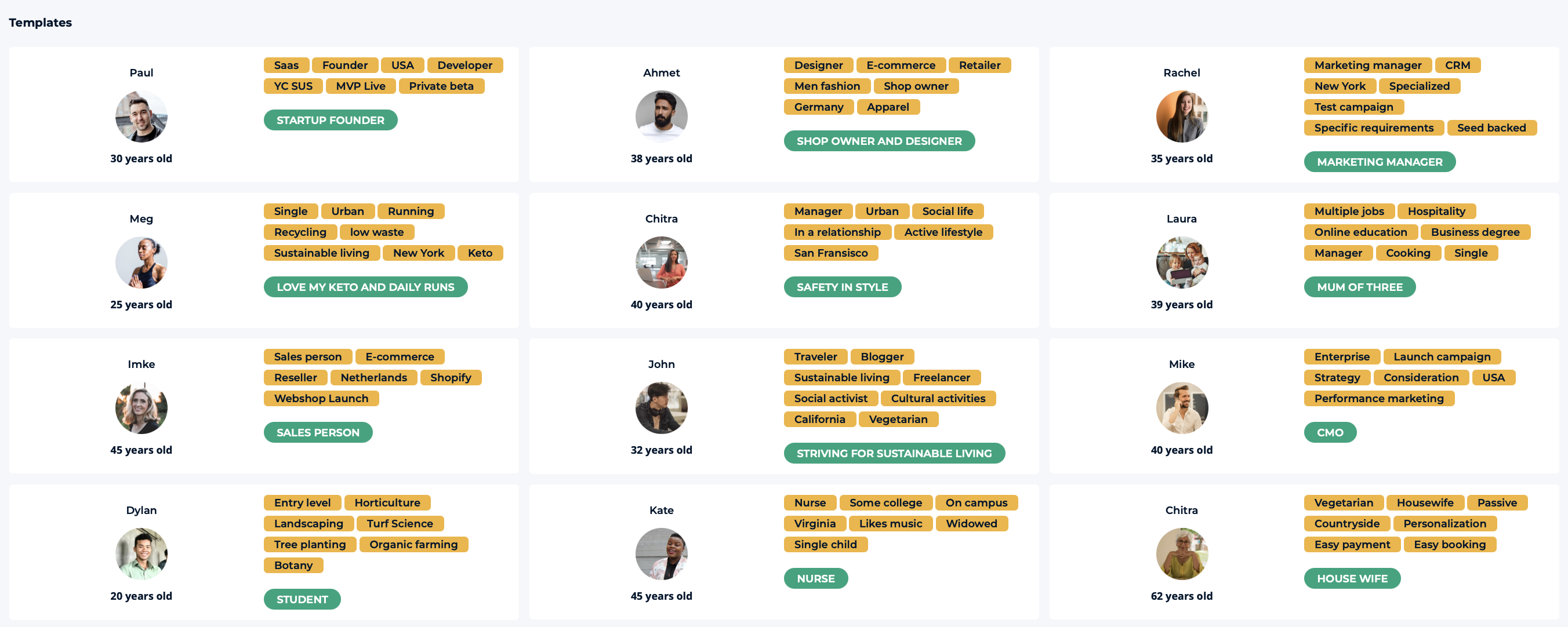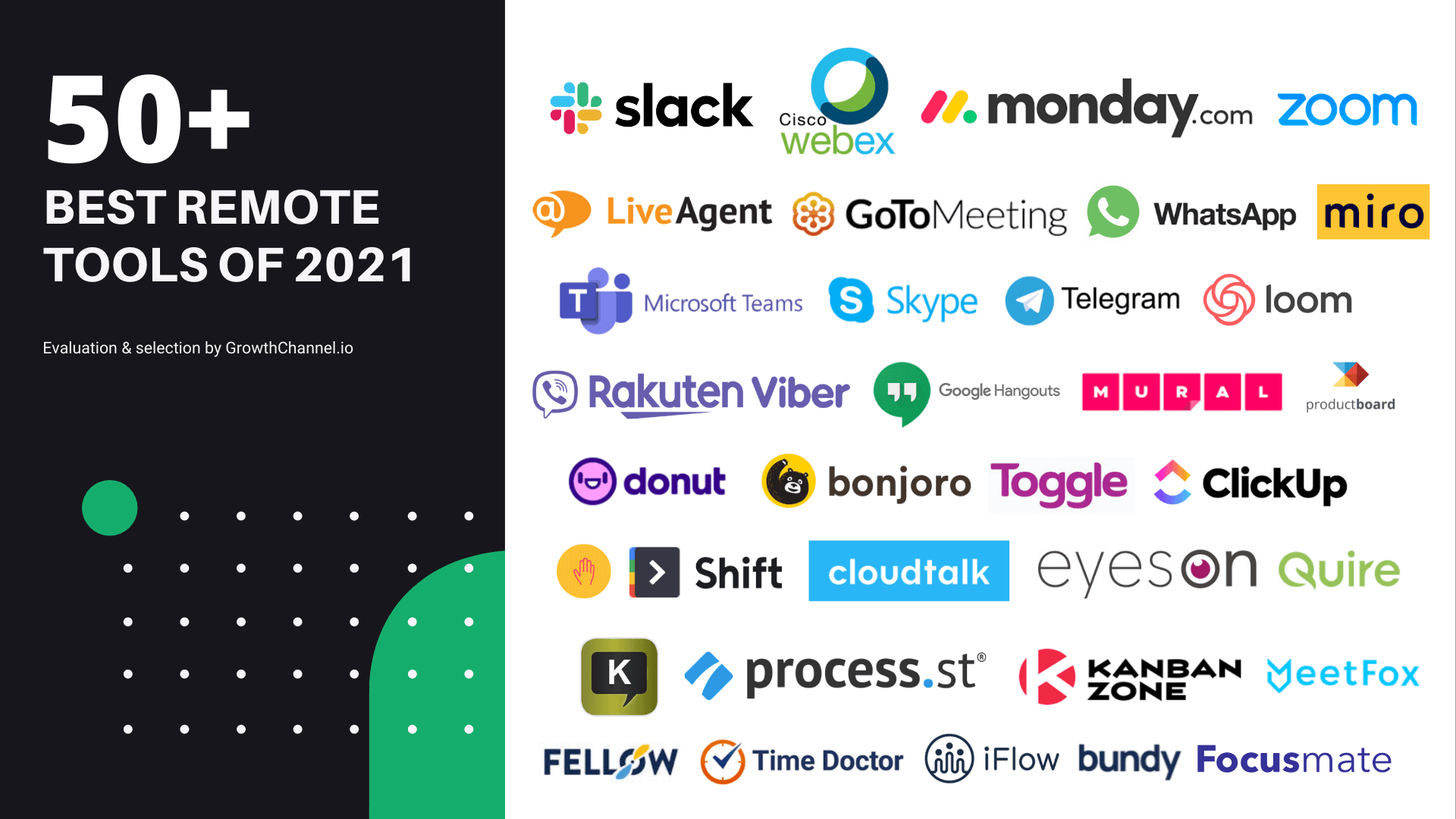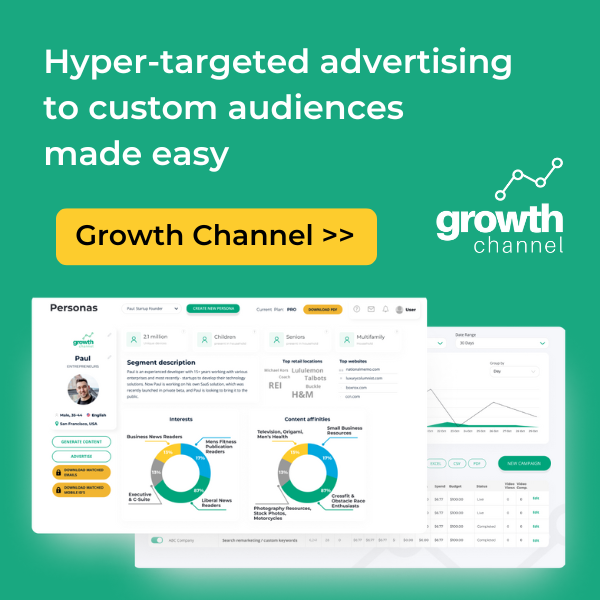Even the most compelling advertisements won't result in sales if they aren't seen by the right audience. This is why the placement of ads is so important. Programmatic advertising uses advanced algorithms to improve the reach of your message to the most relevant audience, designed to result in a better return on investment (ROI) for both publishers and advertisers.
Plus, programmatic advertising gives you more control over who can see their ads and who can’t, instead of expecting that a randomly viewed ad will lead to a purchase. This type of advertising allows advertisers to target a wide range of platforms, including mobile, display, video advertising channels, digital out-of-home, audio, and even TV ads. Interestingly, in 2021, programmatic ad spending in the US reached a record high of $90 billion. It is expected to grow by over 50% in 2023.
Although the purpose of programmatic advertising is obvious, the details of how it works may not be fully understood. In this article, I’ll examine the process in more detail and explain what it takes to effectively target the right audience with your ads.
How do ad exchanges work?
On ad exchanges, advertisers can bid on targeted ads shown to specific publishers and users, evaluating the value of the publisher and user to determine how much to pay for the ad. Basically, the role of ad exchanges is to auction ad space on a publisher’s website in real time. When a user visits a publisher’s page, the user’s browser contacts a server that triggers an auction on an exchange.
The ad exchange provides advertisers with real-time information about the publisher's website, such as the URL, ad size, type, and category of the site, as well as details about the user, such as their demographic information and metadata for tracking their activity across different websites. The exchange holds an auction to determine which advertisers' ads will be displayed to the user. Once the winning ads have been determined, the exchange delivers the ads to the user and credits the publisher for displaying the ads.
How do SSPs work?
A supply-side platform (SSP) is a technology that helps web publishers manage and monetize their advertising space. The SSP serves as an interface between the publisher and the various platforms on which they want to advertise. It allows publishers to easily manage their inventory and maximize their earnings.
The primary proposition of SSPs is to help publishers monetize and boost the yield of their inventory. In some cases, the SSP can also be used programmatically, which means it automates and optimizes the media space for the publisher in order to increase efficiency and revenue.
How do DSPs work?
Demand-side platforms, or DSPs, are programmatic advertising platforms that enable buyers—advertisers or agencies—to purchase programmatic advertising through real-time auctions. Basically, DSPs allow advertisers to use programmatic advertising to reach their target audiences more effectively and determine how much to bid for an ad in real time. Through a DSP, the buyer can specify targeting criteria, pricing, frequency, and other details for their digital ad buys.
A demand-side platform (DSP) is a digital advertising tool that helps advertisers purchase ad space at the lowest possible price and display ads to the most suitable users. It allows advertisers to manage multiple ad exchange accounts through a single interface, streamlining the process of purchasing and displaying digital ads. Some DSPs can optimize campaigns as they execute or provide performance data to let users change campaign parameters on the fly.

Similarities between SSPs and DSPs
- SSPs and DSPs are platforms that facilitate the buying and selling of online advertising.
- Both SSPs and DSPs use algorithms to optimize ad campaigns and maximize return on investment (ROI) for advertisers.
- SSPs and DSPs use automation to streamline the ad-buying process.
- SSPs and DSPs offer targeting capabilities, allowing advertisers to reach specific audiences based on various factors such as location, demographics, and interests.
- SSPs and DSPs provide analytics and reporting tools to help advertisers and publishers track the performance of their campaigns.
- SSPs and DSPs often work with ad exchanges and real-time bidding (RTB) systems to facilitate the buying and selling of ad inventory.
Differences between SSPs and DSPs
- SSPs are used by publishers to manage the sale of their ad inventory, but DSPs are used by advertisers to buy ad inventory.
- SSPs and DSPs often use different technologies and approaches to facilitate the buying and selling of ad space, since they serve different roles in the programmatic advertising process. For example, SSPs may use real-time bidding (RTB) technology to sell ad inventory, while DSPs may use algorithms to optimize ad targeting and placement.
- SSPs may be integrated into a publisher's ad server or ad management platform, while DSPs may be used as standalone platforms or integrated into an advertiser's marketing or advertising technology stack.
- SSPs typically charge a percentage of the ad revenue generated from the sale of ad inventory. Some SSPs may also charge fees for additional services, such as access to premium inventory or advanced features like yield optimization. DSPs may charge a fee for their services or a percentage of ad spend. Plus, some DSPs may also generate revenue by selling data about user behavior and demographics to advertisers or other third parties.
Final thoughts on ad exchanges, SSPs, and DSPs
Ad exchanges, SSPs, and DSP integrations are all essential components of the programmatic ad ecosystem. If you're interested in learning more about how programmatic ads can benefit your business, be sure to explore the various ad exchanges, SSPs, and DSP integrations available on the market.

One of the many DSP solutions with 150+ integrations is Growth Channel, a demand-side platform (DSP) that helps brands and agencies plan, manage, and optimize their omnichannel marketing campaigns. Whether your paid media includes web ads, TV ads, digital billboards (DOOH), audio ads, or mobile, Growth Channel DSP makes it easy to launch and manage digital ad campaigns.
